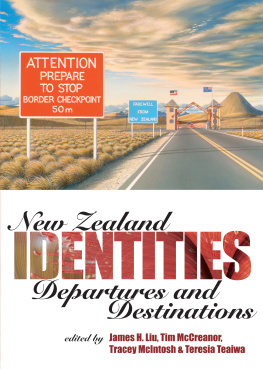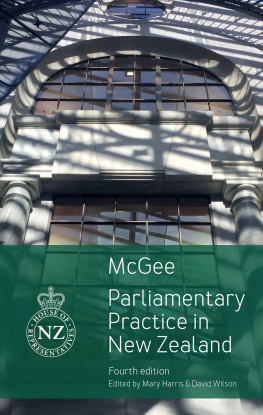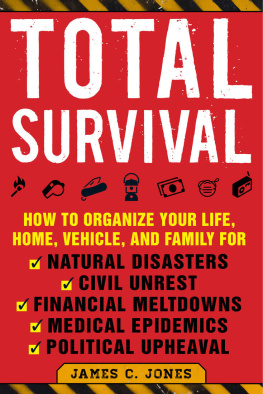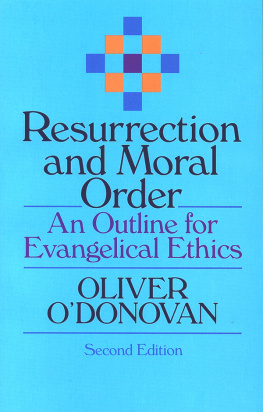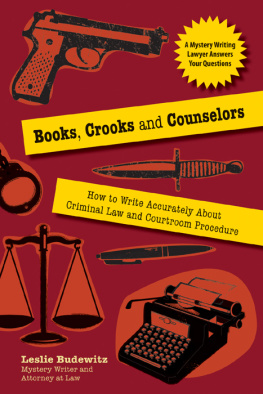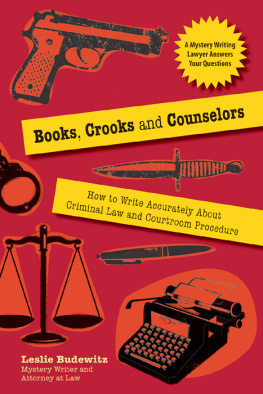Product Information
Disclaimer
No person should rely on the contents of this publication without first obtaining advice from a qualified professional person. This publication is sold on the terms and understanding that (1) the authors, consultants and editors are not responsible for the results of any actions taken on the basis of information in this publication, nor for any error in or omission from this publication; and (2) the publisher is not engaged in rendering legal, accounting, professional or other advice or services. The publisher, and the authors, consultants and editors, expressly disclaim all and any liability and responsibility to any person, whether a purchaser or reader of this publication or not, in respect of anything, and of the consequences of anything, done or omitted to be done by any such person in reliance, whether wholly or partially, upon the whole or any part of the contents of this publication. Without limiting the generality of the above, no author, consultant or editor shall have any responsibility for any act or omission of any other author, consultant or editor.
About CCH New Zealand Limited
CCH New Zealand Limited is a leading provider of accurate, authoritative and timely information services for professionals. Our position as the professionals first choice is built on the delivery of expert information that is relevant, comprehensive and easy to use.
We are a member of the Wolters Kluwer group, a leading global information services provider with a presence in more than 25 countries in Europe, North America and Asia Pacific.
CCH The Professionals First Choice.
Inquiries are welcome on 0800 500 224.
National Library of New Zealand Cataloguing-in-Publication Data
ODonovan, James.
Courtroom procedure in New Zealand : a practitioners survival kit / James ODonovan. 4th ed.
Previous ed.: 2008.
Includes index.
ISBN 978-0-86475-924-5
1. Conduct of court proceedings New Zealand.
i. CCH New Zealand Limited. ii. Title.
347.93075-dc 22
2012 CCH New Zealand Limited
First published August 1989
Second edition published May 2000
Third edition published October 2008
This edition published September 2012
All rights reserved. No part of this work covered by copyright may be reproduced or copied in any form or by any means (graphic, electronic, or mechanical, including photocopying, recording, recording taping, or information retrieval systems) without the written permission of the publisher.
About the Author
James ODonovan practised law in Lower Hutt and Napier for 23 years. In Napier he was a partner in a large legal firm. He gained extensive experience as an advocate in all jurisdictions before being appointed a District Court judge in 1984. Until his retirement in 2009 he sat principally in Auckland where he held a Family Court warrant.
Preface to the fourth edition
Although only four years have elapsed since the publication of the third edition of this work, there have in the meantime been significant changes in our legal system of which the litigator needs to be aware. For instance, the rules around how legal aid is granted have been tightened considerably and the Criminal Procedure Act 2011 has brought about (and will continue to bring about) many changes in the way jurisdiction is to be exercised in the criminal courts. In addition, far-reaching proposals for reform of the Family Court have recently been announced, although legislation to give effect to these has yet to be introduced. All these matters have required revision of relevant parts of the text, which I hope will continue to assist the newly admitted practitioner in navigating the sometimes treacherous waters of the court system.
James ODonovan
August 2012
Preface to the third edition
The second edition of this work was published over eight years ago, since when there have been some significant changes to the way things are done in the courtroom. In particular, the rules governing legal aid have changed, as has the process by which defendants in cases, where trial by jury is to take place, are committed for trial. Disclosure in criminal cases has now received statutory recognition; and rules governing the process will shortly become effective. There have been other changes. This new edition addresses these changes, and with it comes my best wishes for a successful and rewarding career in the wonderful profession of advocacy.
James ODonovan
October 2008
Preface to the second edition
There have been many changes made to the way courts operate since this book was first published 11 years ago. Some of these might be described as cosmetic for instance, the way in which lawyers and judges dress in court. Others have been more profound, such as the defendants right to require discovery in criminal proceedings, the so-called status or contested mention hearings in District Court summary criminal trials, and, significantly, the whole business of case management. Rereading the book now, I find that much of what was written those many years ago requires substantial revision and so a new edition has been considered necessary. On the other hand, I hope that what I said then about the fundamentals of advocacy and the culture of the practice of the law remains true and of value to the lawyer about to commence a career at the Bar.
James ODonovan
January 2000
Preface to the first edition
Appearing as counsel in court can be a daunting experience for the beginner. This is particularly so because everyone else seems so relaxed and the system itself appears to run like a well-oiled machine. For the experienced practitioner, it is sometimes hard to remember the nervousness of those early courtroom appearances. What happens in the interval between starting out and being able to say that one has experience is simply that the unfamiliar becomes familiar. With knowledge comes confidence.
What I have attempted to do in this little book is to offer some guidance to the beginner on the ways in which the business of the courtroom is conducted and the place of the advocate in the scheme of things. What I have to say may seem commonplace to those who have survived those early days in court, but I hope that, for those readers who are just starting out in the profession of advocacy, what is said will speed the journey to confidence in what is at the same time the most rewarding and the most demanding of occupations.
James ODonovan
July 1989
CCH Acknowledgments
CCH New Zealand Limited wishes to thank the following who contributed to and supported this publication:
Managing Director: Matthew Sullivan
Director, Books: Jonathan Seifman
Publisher, Books: Andrew Campbell
Product Manager: Dione Kimpton
Editor: Alison Ashton
Production Team Leader: Yeong Wai Heng
Production Editor: Ling Kwan Sang
Sub-editor: Shanthi Murugiah
Indexer: Logeswari Sivaguru
Cover Designer: Envisage Design
INDEX



